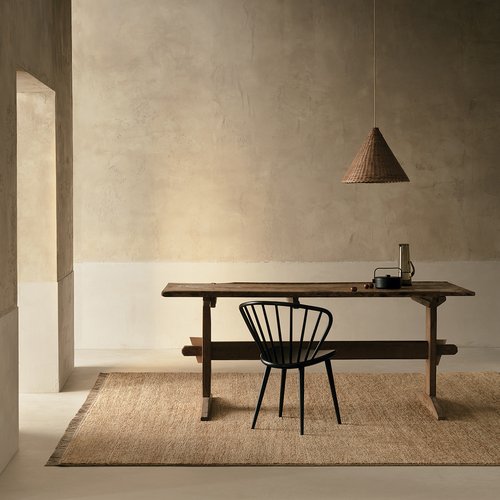
4 min read
Armadillo: Pioneering Sustainability in the World of Rugs
The brand creates timeless, handcrafted rugs that celebrate traditional artistry while prioritizing the environment and social good.

4 min read
Celebrating its rich past, Mourne Textiles remains at the vanguard of innovative textile design and sustainable production in Northern Ireland.
“It’s a lovely factory. It has original wooden floors and you still have all these little holes in the floor where the apprentices have thrown the shuttles out of the loom and made dents over the years,” says Mario Sierra, who today heads up Mourne Textiles, a weaving company based at the foot of the spectacular Mourne Mountains in the south-east of Northern Ireland.
Sierra’s grandmother, Norwegian textile designer Gerd Hay-Edie, relocated to Northern Ireland after the Second World War and established a workshop and factory that specialized in tweeds and upholstery fabrics. Her iconic textile designs and inventive weaving techniques became synonymous with mid-century British design. Collaborations with the likes of Robin Day, Conran and British furniture manufacturer Hille established her lasting influence on the world of weaving. Looking beyond furnishings, she also wove tweed for several high-profile Irish fashion designers of her time. Today, her daughter Karen Hay-Edie and grandson Mario continue to celebrate the Mourne Textiles legacy from the original mill in Rostrevor, where they produce everything from luxury home furnishing fabrics to cushions, blankets and scarves.
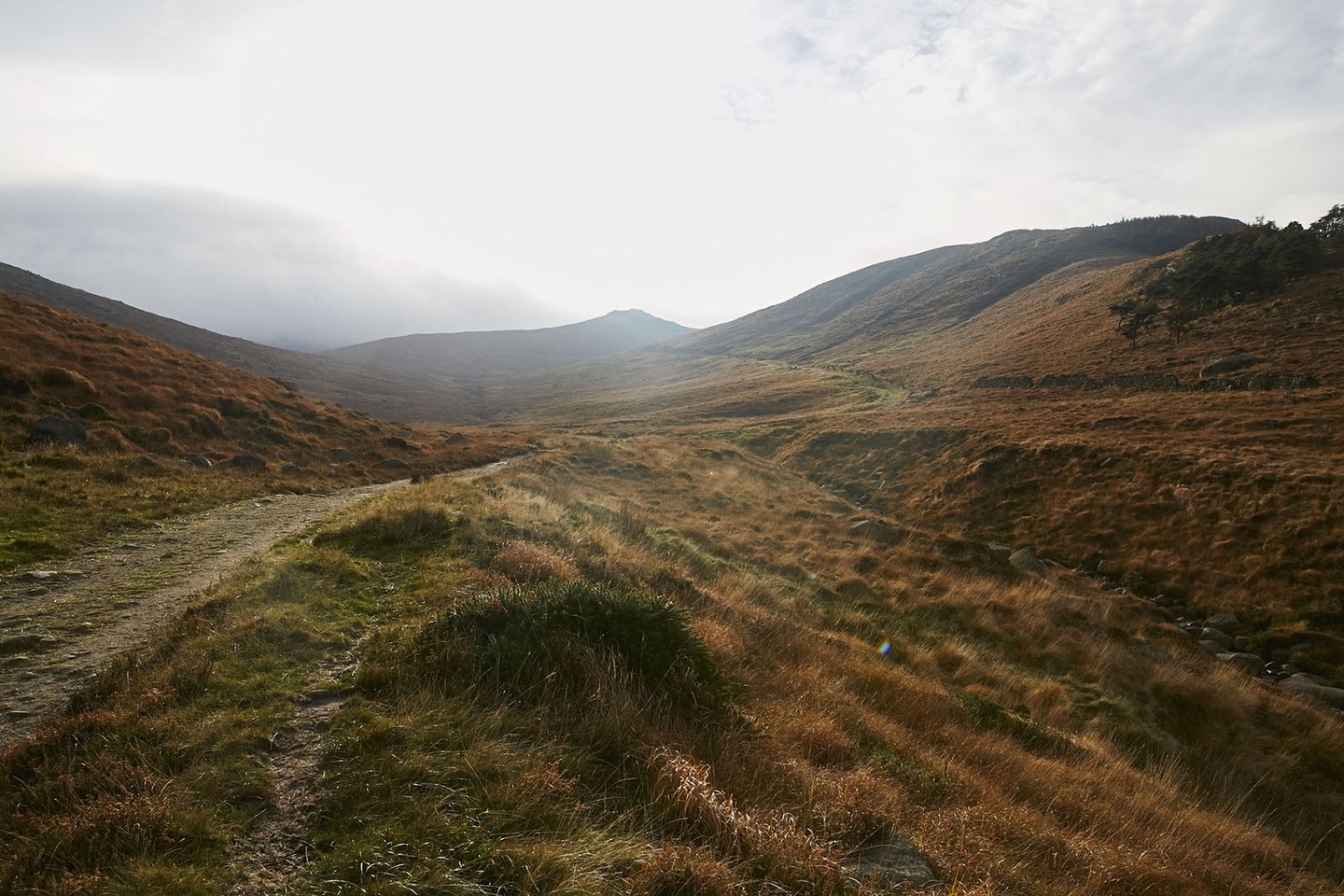
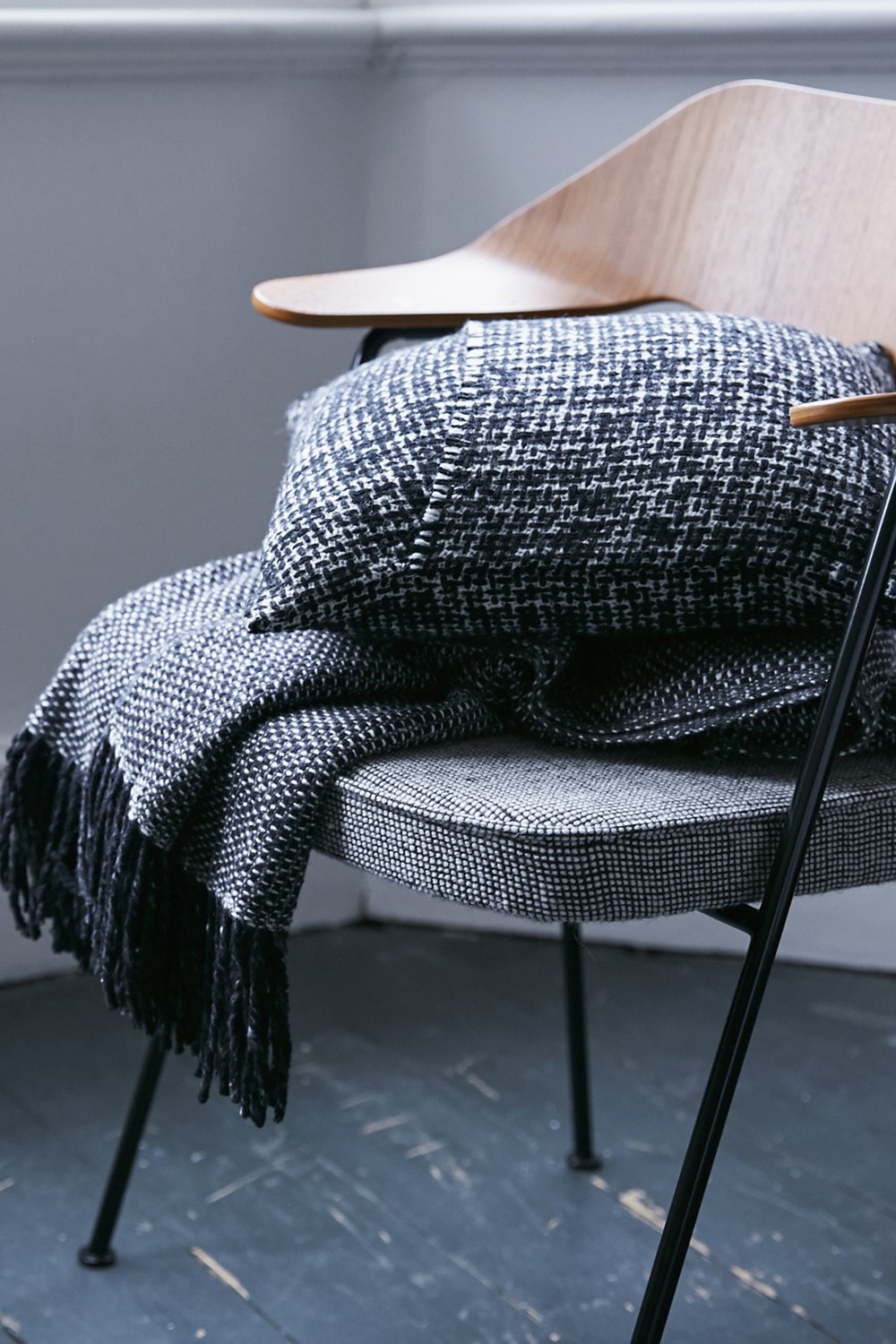
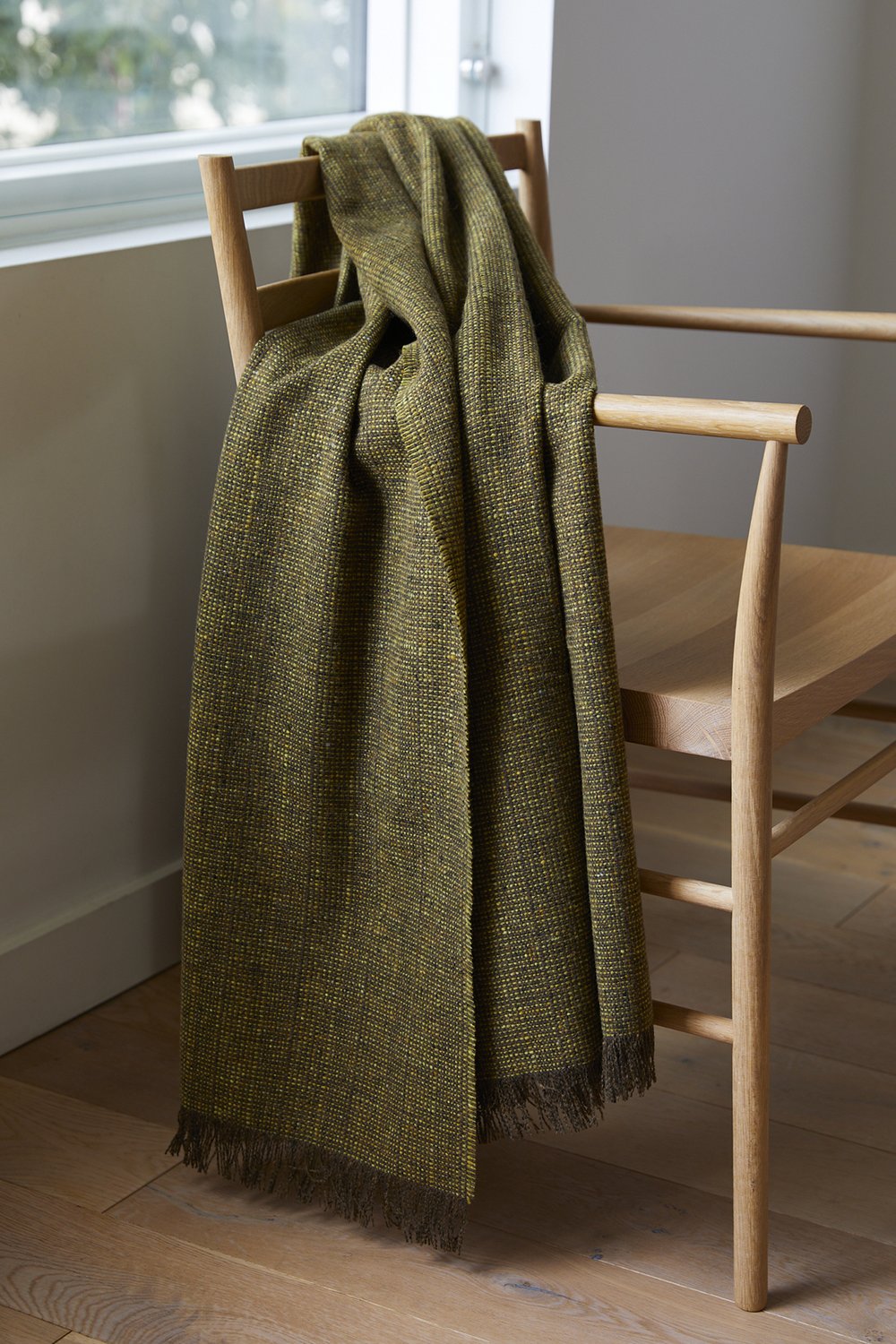
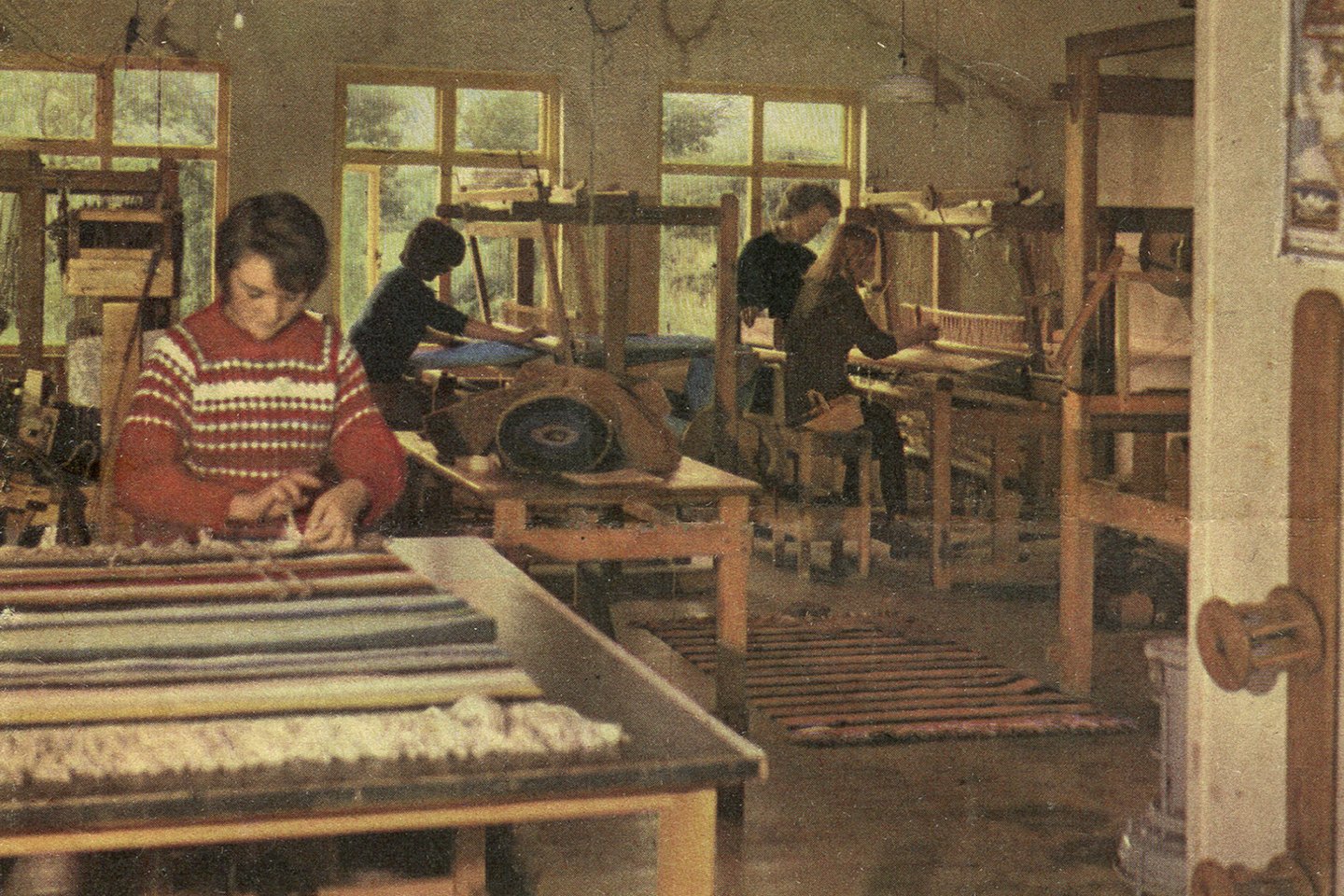
Hay-Edie rarely designed on paper first but would sit at her loom, blending the yarns until she was happy with the outcome. "She talked about how, when she sat at the loom designing, she'd be working with color. She felt she'd only really finished the design when she believed the fabric sang, noting its lovely musicality," explains Mario, who says that his grandmother had an incredible eye for color. Fortunately, she left a rich and detailed archive. “We’ve got sample books with little swatches of fabric and we also have the workbooks and the order books. So, using all three of them, we’ve got a visual reference, and then you actually have the order book so you can see who they were going to. We can match her designs to the client, which is really helpful. You can see the heritage of the designs.”
Karen and Mario have remained true to much of Hay-Edie’s design legacy, bringing many of her creations back to life. “There are always going to be some colorways, or some combinations of the design that is as it was,” explains Mario. “We were having yarns spun for us exactly as she had them, so we were really going for true repeats. But then, as I was going through the archive, I saw that she would revisit some of her designs, maybe 10 or 20 years later, and slightly tweak them with different colorways, or different yarns.” This freed up the company to play around with colors and bring some of them up to date.
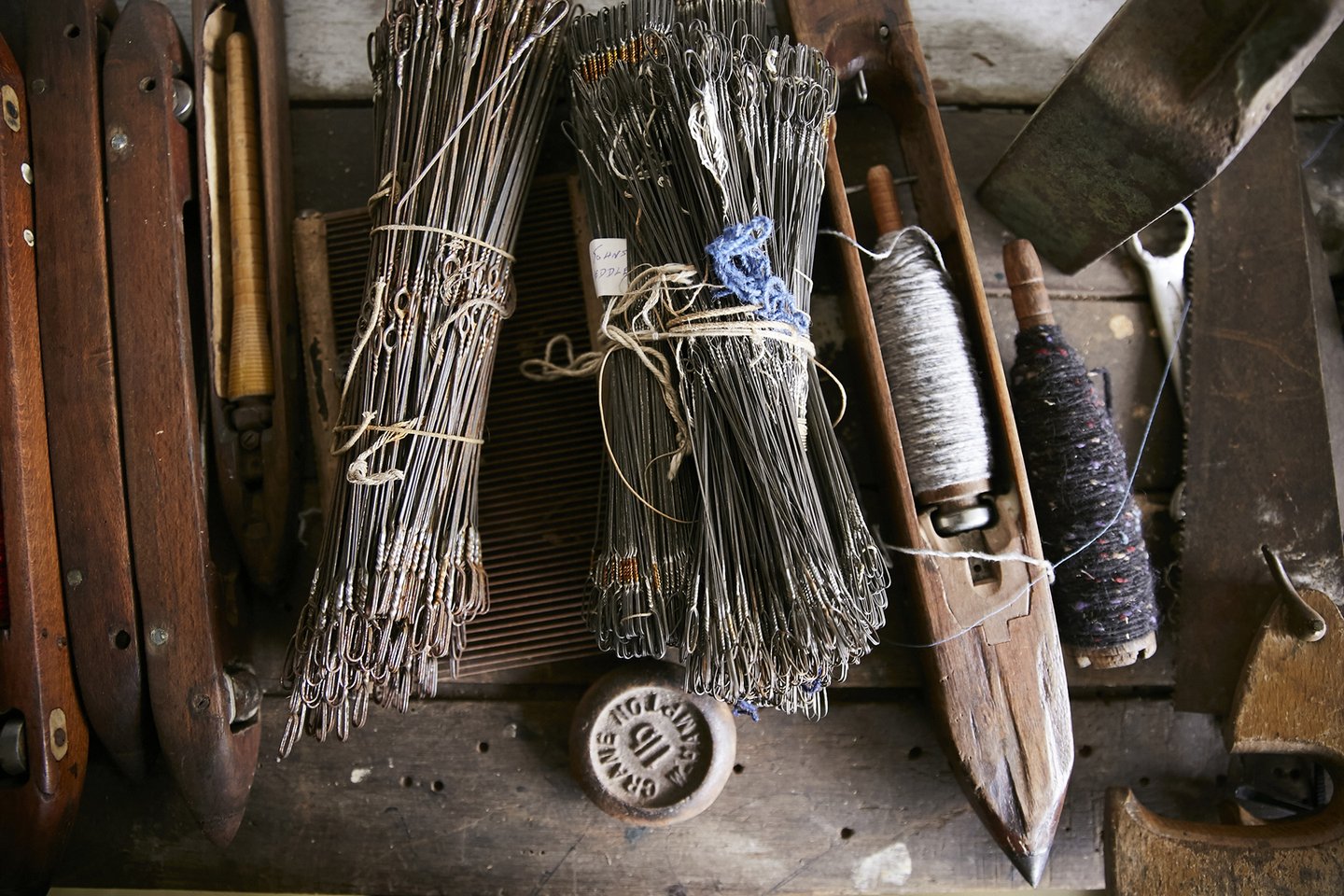
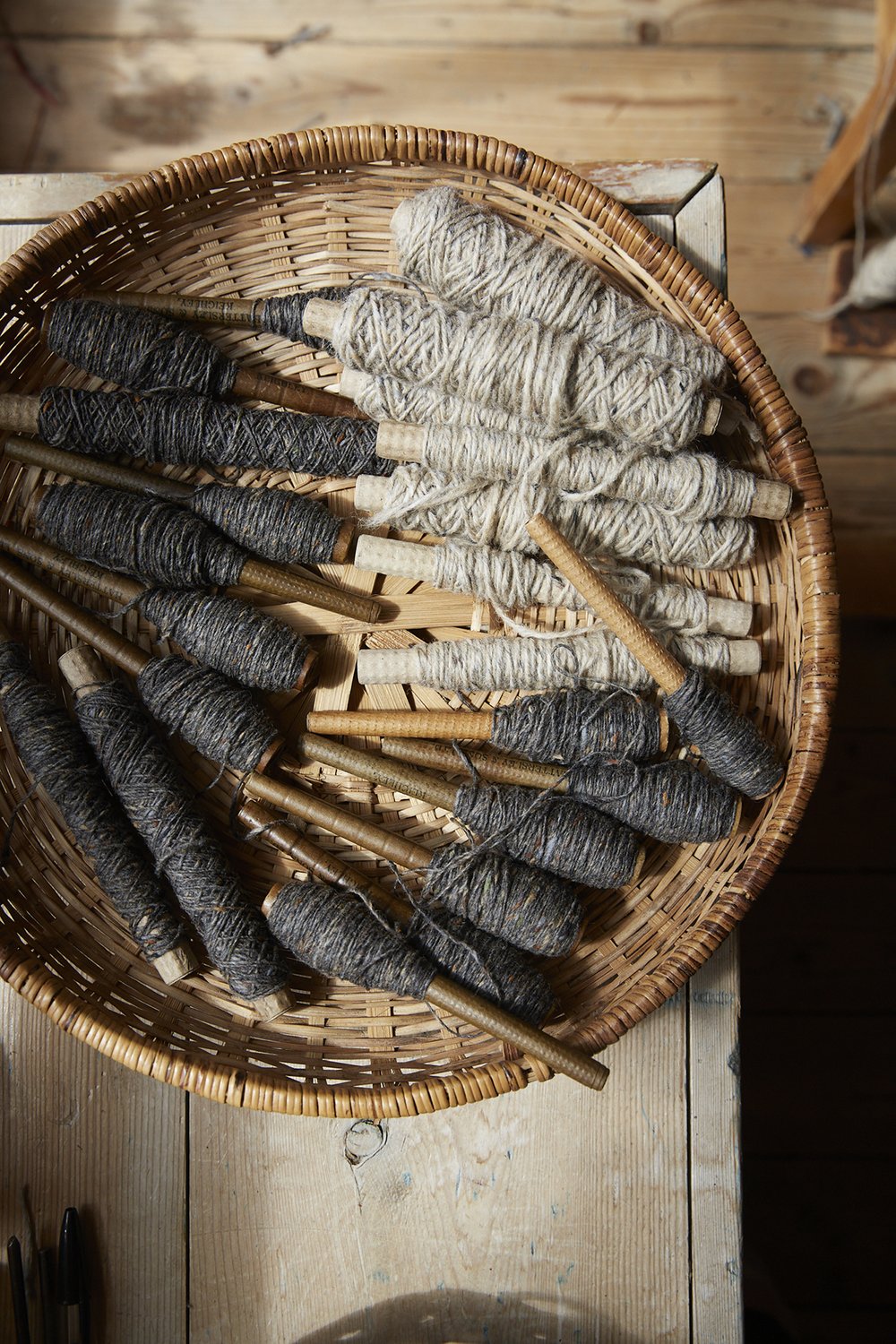

The company prides itself on its small ecological footprint and strives to source as much as possible locally. “We obtain a lot of our yarn from Donegal Yarns, which specializes in multi-colored flecked yarn,” explains Mario. He adds that occasionally, they have to look further afield to source Merino wool, cashmere and silk to make the fabrics softer. Donegal Yarns' products often remind Sierra of the spectacular and varied landscape. Located on the West Coast of Ireland, Donegal Yarns comprises a team of craftsmen who utilize skills passed down through generations. They work meticulously to produce unique flecked yarns, managing the production process from raw wool to a finished multi-colored flecked yarn, all executed at the company's wool spinning mill in Kilcar, County Donegal, Ireland. “They’re usually composed of maybe five or six different colors all blended together, and when you look out at the fields, you wouldn’t just see green; you'd see different types of greens. Maybe there’s a rocky outcrop, you see sheep – many of the yarns used in our tweeds have this deep texture and color.”
"Our goal is to promote our Irish heritage and craftsmanship, and develop a sustainable future for textile production in Ireland.”
Mario Sierra
Much of the factory has remained the same, with five hand looms on the upper floor and five more in storage. “Each of the hand looms does a different job,” says Mario. “We’ve got hand looms that are amazing for rugs. We’ve got hand looms that are really good for lengths of tweed, we have hand looms that are really good for making samples.” As orders continued to pour in, the company set up a micro-mill in 2019, which houses industrial mills for larger orders. The team has remained small, however, with eight or nine weavers employed at any one time. The company is also passionate about passing down its know-how – even in Hay-Edie’s time. She would employ and train young people from the area, and Mourne Textiles has remained committed to running detailed and hands-on apprenticeships.

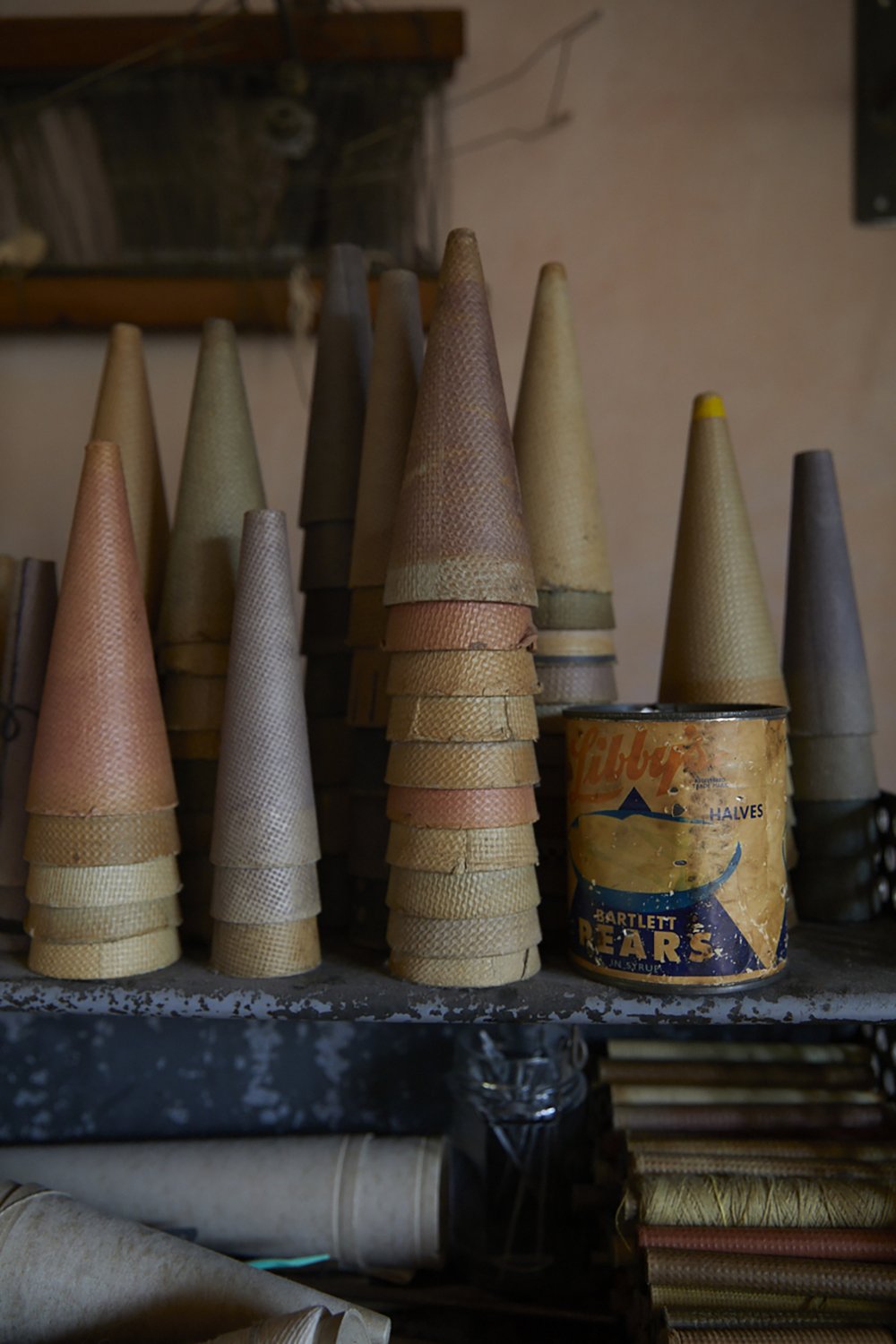

Recent projects have included collaborations with contemporary British clothing designer Margaret Howell, Carl Hansen, Pinch and design shop twentytwentyone. The latter released a limited series of the iconic Robin Day Reclining Chair upholstered in Mourne’s Cloughmore fabric. Mourne’s team combed through its extensive archive and alighted on an original design by Hay-Edie that never saw the light of day. After many long hours of weaving fabric samples on their 80-year-old hand looms, the Cloughmore fabric was finally brought into use in 2021. Mourne’s latest collaboration is a vibrant and richly textured fabric for a sofa by Donna Wilson for SCP, as well as a campaign to revive Northern Ireland’s defunct linen industry by restoring vintage flax processing and spinning equipment, called Fiber to Fabric. "Our goal," says Mario, "is to promote our Irish heritage and craftsmanship, and develop a sustainable future for textile production in Ireland.”


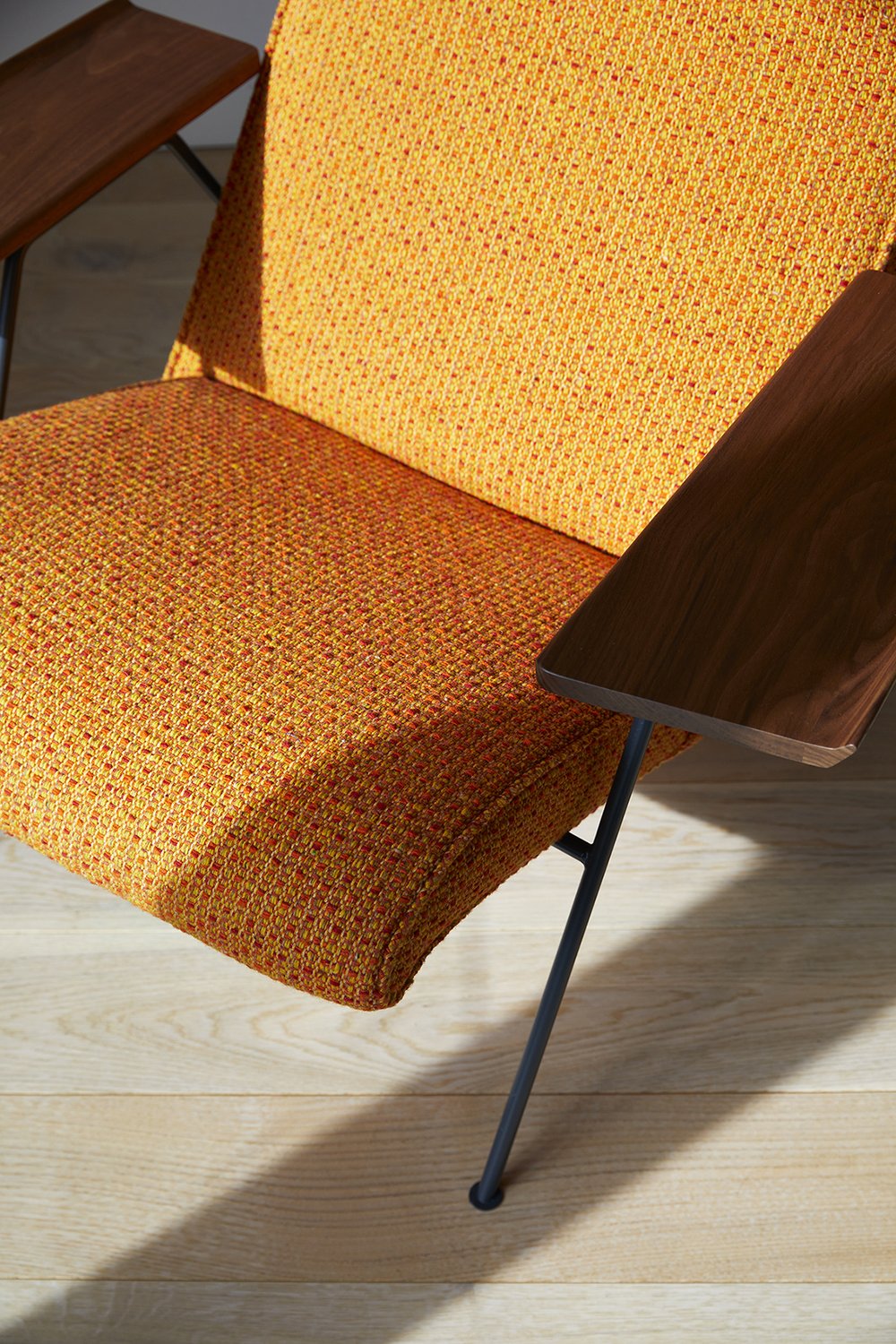

Photography: Mourne Textiles, Tara Fisher Photography


4 min read
The brand creates timeless, handcrafted rugs that celebrate traditional artistry while prioritizing the environment and social good.
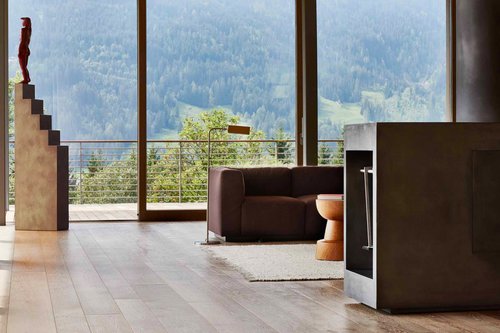
3 min read
Schotten & Hansen combine traditional craftsmanship with modern technology and their own blend of natural finishes to bring warmth and character to interiors.